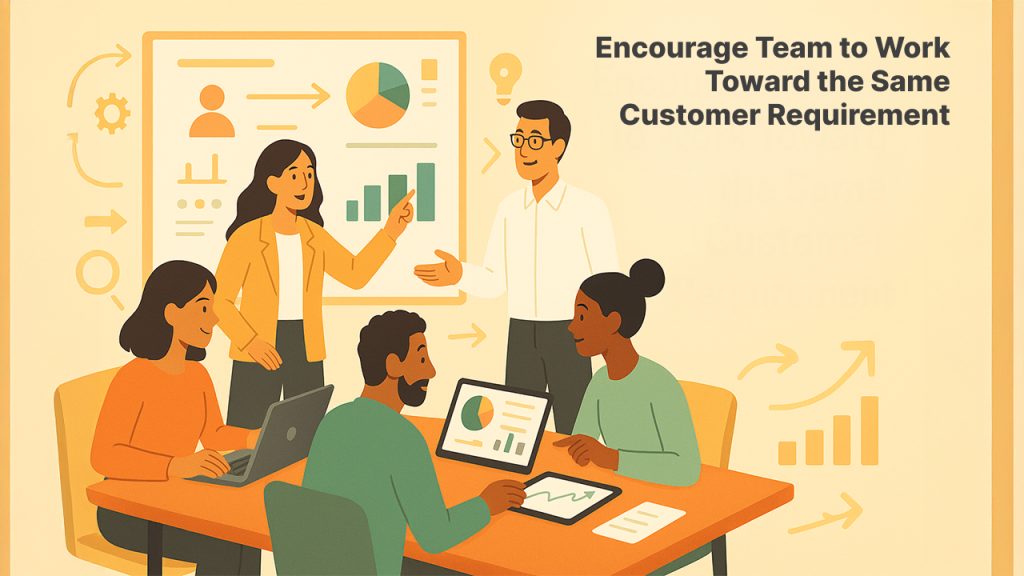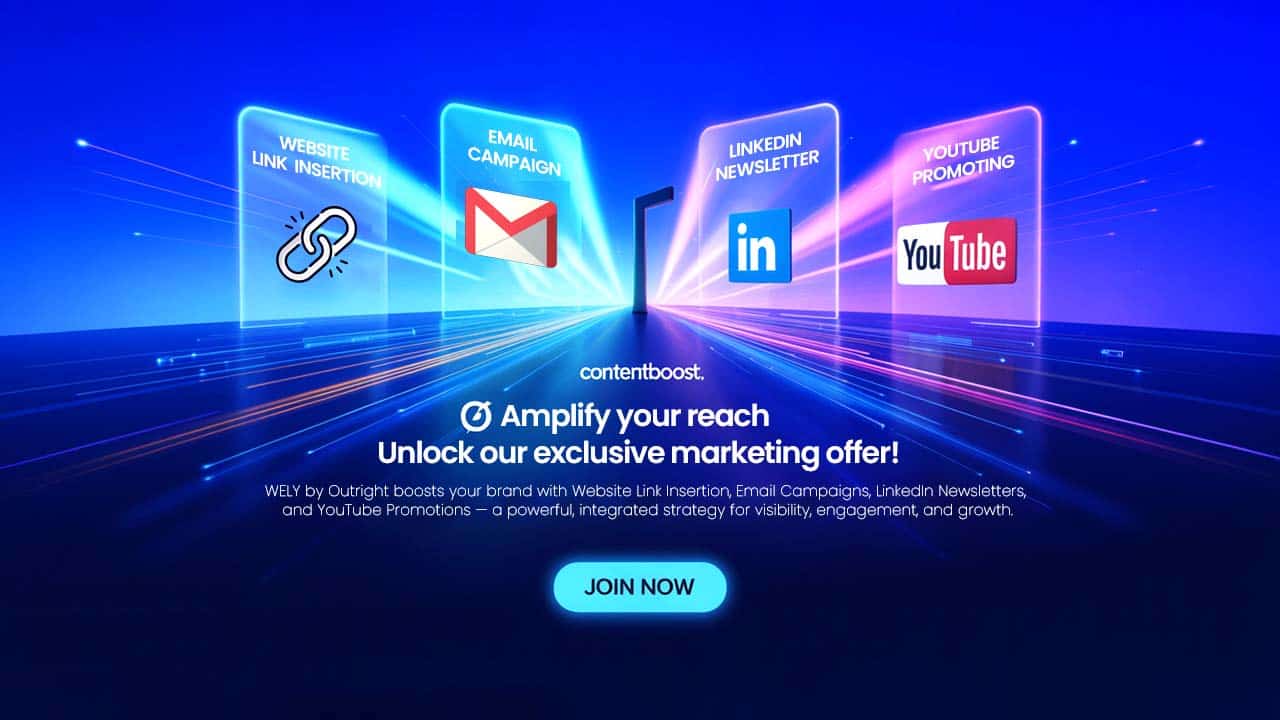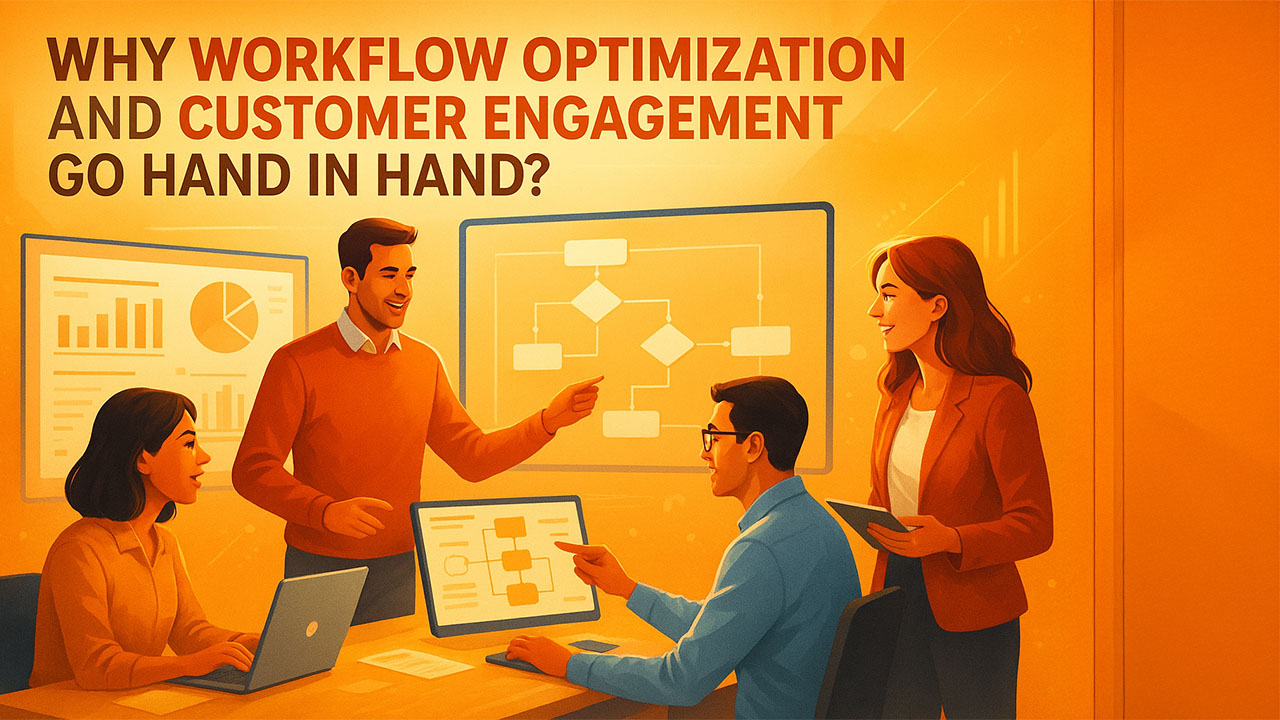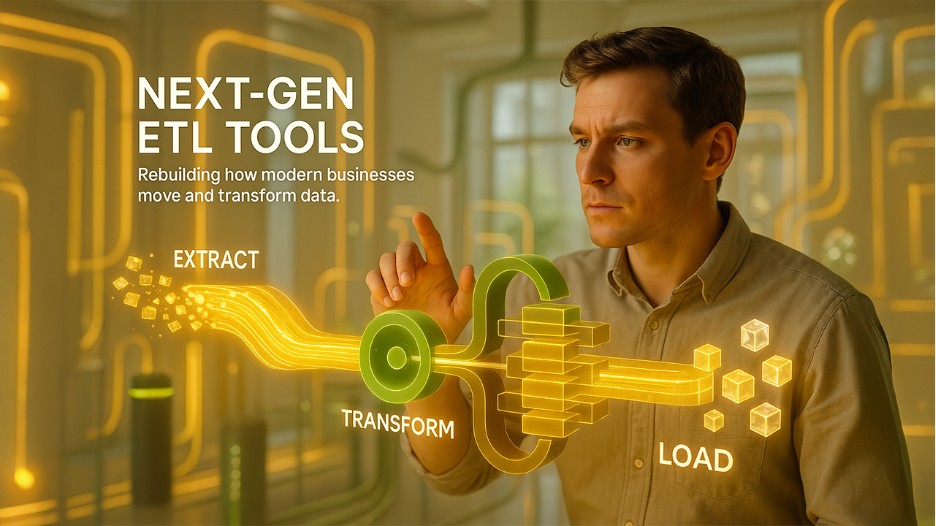Companies often treat operations and customer experience as separate challenges, but they’re deeply connected. A smooth workflow shortens response times, reduces mistakes, and frees up teams to spend more time
Companies often treat operations and customer experience as separate challenges, but they’re deeply connected. A smooth workflow shortens response times, reduces mistakes, and frees up teams to spend more time on meaningful interactions.
The result is a better customer journey without wasted effort or inflated costs.
This guide explores how to tighten up internal processes, use the right technology, and keep people aligned around customer needs. If you’re looking for practical ways to simplify operations and strengthen customer relationships, you’ll find clear steps here that can be put into action.
Because at the end of the day, operational efficiency only matters if it makes life easier for your customers.
Why Optimizing Workflows and customer engagement go hand in hand
Internal efficiency and customer satisfaction are linked more tightly than most leaders realize. Streamlined workflows mean fewer delays, faster problem resolution, and a smoother path for the customer.
Where do most teams stumble?
- Manual handoffs between departments
- Siloed tools that don’t share data
- Poor communication loops
Each of these bottlenecks creates friction for customers, from longer wait times to inconsistent answers. To track progress, companies need KPIs that cover both sides: cycle time, error rates, and cost savings on one hand; NPS and CSAT on the other. A balanced scorecard approach helps leaders see the full picture.
Turning internal workflows into customer-centric operations
The quickest way to improve customer experience is to start inside the business. Mapping and rethinking workflows with the customer in mind exposes gaps that may not be obvious day-to-day.
Map out how work really gets done
Start with value stream mapping, a method for seeing how work actually flows across your organization. Layer this with the customer journey to find the moments where inefficiency becomes a customer problem.
For example, a slow internal review step might explain why quotes take days instead of hours. The goal is to create a shared picture of how things really work, not how you assume they do.
Once you’ve got that clarity, it’s easier to spot duplication, unnecessary steps, or silos. This process isn’t glamorous, but it lays the groundwork for smarter automation and better alignment later.
Spot quick wins before tackling big changes
When everything feels broken, it’s tempting to launch a massive overhaul. But a better move is to look for high-impact gaps first.
- Which delays frustrate customers most?
- Where do teams repeatedly rework the same tasks?
- What preventions can help save time across several departments?
Engage stakeholders from the start to keep enhancement static. Early success creates momentum, offering you reliability to handle extensive structural modification later.
Streamline Tasks that Reduce Performance
Automation isn’t about replacing people with robots; instead, it’s about eliminating routine tasks that slow down efficiency and performance. Think of tasks like order creation, appointment management, and comprehensive reporting being done manually—automation simplifies these tasks by eliminating human intervention.
This advanced automation accelerates speed, increases efficiency, improves customer trust, and lowers manual errors. Let’s consider: a retailer using automation in return processing can reduce turnaround time from five days to one, improving both efficiency and satisfaction rates.
Leverage Digital Twins to Address Problems Before Expanding
Conventional approach scans mainly depend on guesswork or wait until customer complaints roll in. Digital Twins has transformed that by enabling teams check workflows virtually, detect weak spots, and determine the impact of changes before launching.
One of the advanced Omi’s Technology brings this transformation further by offering visuals with Digital Twins for e-commerce. This highlight precise point where friction occurs and the potential return on investment (ROI) of resolving it. Leaders can take preventive steps before challenges affect customers and leverage complex data to demonstrate investments with reliability and confidence.
Encourage Team to Work Toward the Same Customer Requirement

A well-designed workflow can be ineffective if the team doesn’t work collaboratively. Outreaching can only offer quick delivery, but in such cases, operations fall short, and customers stop trusting them again. Resolving these errors starts from collaborative goals and a continuous communication framework.
For Instance:
- Periodic cross-department integration focused on client impact
- Common dashboards with tactics that is important to every team
- Defined issue resolution protocols at the time workflow breaks
Having comprehensive control over the customer journey is essential for every department and team to eliminate guesswork, fostering engagement strategies and real-time collaboration.
Making customer engagement easier through better processes
A clunky process undermines even the most creative engagement strategy. Clean workflows make it possible to deliver faster service, personalize at scale, and act on customer input.
Design a seamless customer journey across touchpoints
Customers move through a series of touchpoints — ads, websites, service calls, and in-store visits. Every time a customer moves from one team or tool to another, there's an increased chance of things slipping. By measuring the complete customer journey, you can identify the weak points where technology or team collaboration slows down.
Probably real-time chat provides answers instantly, but the follow-up email received after two days. Even this slight delay can break customer trust. Effective planning for smooth digital and human interaction guarantees customers use your brand for a long time regardless of what channel they are using.
Transform Feedback into Actual Improvements for Customers
Gathering customer feedback isn’t the difficult part, instead performing activity on it is. Feedback control systems ensure data insights fall behind survey dashboards.
This results in:
- Transfer urgent problems directly to service providers
- Providing feedback patterns in weekly workflow audit
- Monitoring whether modifications actually optimize metrics
Quick workflow changes, customer focus, weak points are instantly highlighted through feedback. Client feels valuable, noticed which significantly strengthen loyalty.
Creating the Correct Tech Stack for Efficiency and Communication
Improved operations and robust interaction depend heavily on how you blend the tools. The aim is not to achieve the advanced software trend, but to select the right platform that connects seamlessly and lowers vulnerabilities. This also empowers teams to manage both customer and operational data in a comprehensive place.
How to Choose a CRM that Improve team Collaboration
Find a CRM that does more than just store a client’s contact details. The platform should offer workflow automation, seamlessly integrate with marketing and service platforms, and allow teams to see the complete customer journey.
However, Integration is crucial. Some CRM platforms that don’t integrate with your support service and billing system can create new challenges. While making a decision, check the vendor’s implementation support, API versatility, and strategies to keep the system adaptive to customer dynamic needs.
Use AI-powered CRM to go beyond tracking contacts
Generally, contacts, emails, and reports are tracked by most of the CRMs. Even though it's useful, it's also limited. Modern businesses need tools that can integrate their data, surface level understanding, and lead teams to sound considerations. For a customer-centric industry, that difference can result in winning or losing a client.
Meridian Private Equity CRM rise above from simply tracking. It automates follow-ups, integrates complicated data, and provides relationship managers with a perfect view of interactions. Teams can act in advance, foster strong clients' relationships effectively, and forecast long-term value with confidence
Include automation and AI to increase engagement
AI tools can now handle recurring tasks like routing tickets, scheduling reminders, or analyzing customer emotional patterns. It helps by freeing up teams to focus on complex discussions and establishing rapport.
While analyzing the predictive side, AI can suggest follow-up actions, supporting teams to acknowledge the customer requirements before they increase.
Implementing changes without breaking everything
If smart improvements are rolled out too fast, even they can backfire. A gradual approach works best because it gives you space and time to test, understand, and adjust before making any big commitments. Think of it as running a dress rehearsal before opening night.
A solid rollout plan usually includes:
- Pilot testing in one department, region, or product line. It helps in keeping the score manageable and gives you a secure place to measure the outcomes.
- Determine criteria for success before beginning the pilot. Find what aspects define “good” (i.e., quicker response times, lesser errors, and satisfied customers). This will help you identify areas where you need to expand and improve.
- Customer transparency when changes directly affect them. A short message saying, “We’re improving our support system this week, so you may notice faster responses,” not only sets expectations but also builds goodwill.
- Adjustment periods are embedded in the timeline. Workflows look great on paper. However, systems and people do not always perform as per the expectations.
The rollout phase is not limited to implementation; it is related to consistent learning. Small iterations minimize risk, reveal obscure bottlenecks, and retain the trust of the customers. Expanding only once these lessons are absorbed aids in ensuring that the improvement sticks and it stays true to its promise both externally and internally.
Train people to succeed with new tools and processes
Teams are the bridge between new processes and customer outcomes. Invest in upskilling so they can use new tools with confidence. Similarly, it is equally important to foster a customer-first mindset. Show to the employees how their routine tasks directly result in customer satisfaction.
Integrate performance metrics with these objectives so that the incentives align with the strategy. When employees feel encouraged and are also rewarded for their customer-driven work, adoption rates rises, and engagement naturally improves.
How Small Process Resolution Build Lasting Customer Loyalty
At its foundation, workflow improvement is often implemented to eliminate friction both for your teams and customers. Each tiny, strategic alteration offers reduced resolution times, decreased errors, and more consistent experience. As time passes, these enhancements boost loyalty and foster potential revenue growth.
The businesses that stand out do not use intuitive engagement initiatives. Instead, their internal processes swiftly offer on customer requirements every day for gaining real competitive edge
Respond to this article with emojis






